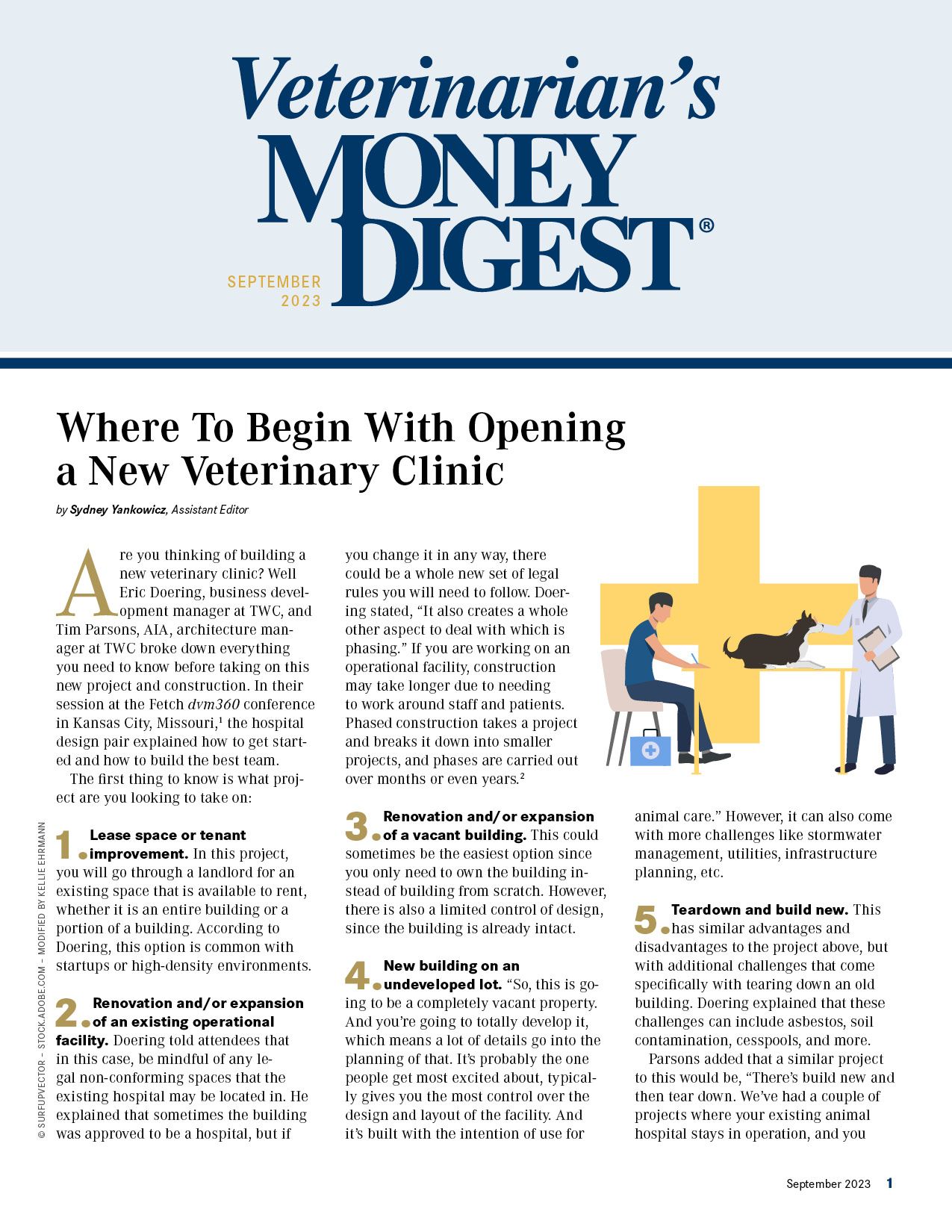Customized insurance plans from Nationwide
Allowing pet parents to customize each coverage category for the needs of their pet and budget
fizkes /stock.adobe.com

Nationwide announced in a company release1 that it is now offering pet insurance in more customizable options for pet owners. Members can dial up or dial down the coverage type that is most important to them and their pet’s medical needs.
According to the North American Pet Health Insurance Association, the US experienced a 22.1% growth in “total insured pets” over 2022 and since 2018, the average annual growth rate of insured pets has gone up 22.5%.2 Because of this rising demand of pet insurance, Nationwide aims to make its policy options more flexible for each individual pet and owner.
“Pet parents want options when it comes to managing their pet’s health. Nationwide’s new ‘build your own plan’ offering, that is now available online, offers maximum flexibility to choose the kind of protection they want at a price point they can afford,” said Heidi Sirota, chief pet officer and president, Nationwide pet insurance in the release. “Giving pet parents an easy-to-understand way to create customized coverage helps us meet customers where they are and deliver on our mission to provide #morecareformorepets.”1
To get started with Nationwide’s customizable plans, choose between the options of accident, illness, and wellness coverage options. From there, clients can select medical reimbursement level and annual deductible. As customers are guided through each step, the monthly premium total is displayed and will adjust up or down as users toggle between the various coverage combinations.1
Coverage in some areas starts as low as $16/month for dogs and $5/month for cats. This new plan option is not yet available in California, Maine or New York.
References
- Davis K. Personalized pet insurance in just a few clicks. News release. Nationwide. August 14, 2023. Accessed August 14, 2023. https://news.nationwide.com/personalized-pet-insurance-in-just-a-few-clicks/?utm_source=prn
- Section #2: Total Pets Insured. North American Pet Health Insurance Association, Inc. Accessed August 14, 2023. https://naphia.org/industry-data/section-2-total-pets-insured/

Episode 29: Using storytelling to retain and attract new veterinary clients
November 19th 2020On this episode of The Vet Blast Podcast, Adam Christman, DVM, MBA, is joined by Australian veterinarian, Phil Tucak, BSc, BVMS, who offers insight on the power of storytelling in marketing your veterinary practice.
Listen